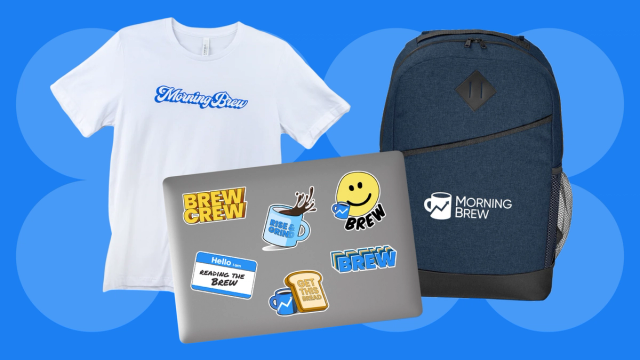What do good rom-coms and electric vehicle batteries have in common? They’ve got the right chemistry. To that end, the US auto industry is working to commercialize lithium iron phosphate (LFP), a battery chemistry that’s popular in China, as the sector aims to deliver more affordable EVs. On Monday, Ultium Cells, a joint venture between General Motors and South Korean battery manufacturer LG Energy Solution, announced plans to upgrade its battery cell manufacturing plant in Spring Hill, Tennessee, “to scale production of low-cost lithium iron phosphate battery cells,” according to a news release. Ultium Cells will start the process of converting battery cell lines at the plant for LFP production later this year, with plans for commercial production to start “by late 2027.” GM plans to incorporate the battery chemistry into its EV lineup alongside nickel-rich batteries, the industry norm today, and lithium-manganese-rich batteries. “At GM, we’re innovating battery technology to deliver the best mix of range, performance, and affordability to our EV customers,” Kurt Kelty, GM’s VP of batteries, propulsion, and sustainability, said in a statement. Keep reading here.—JG | 








